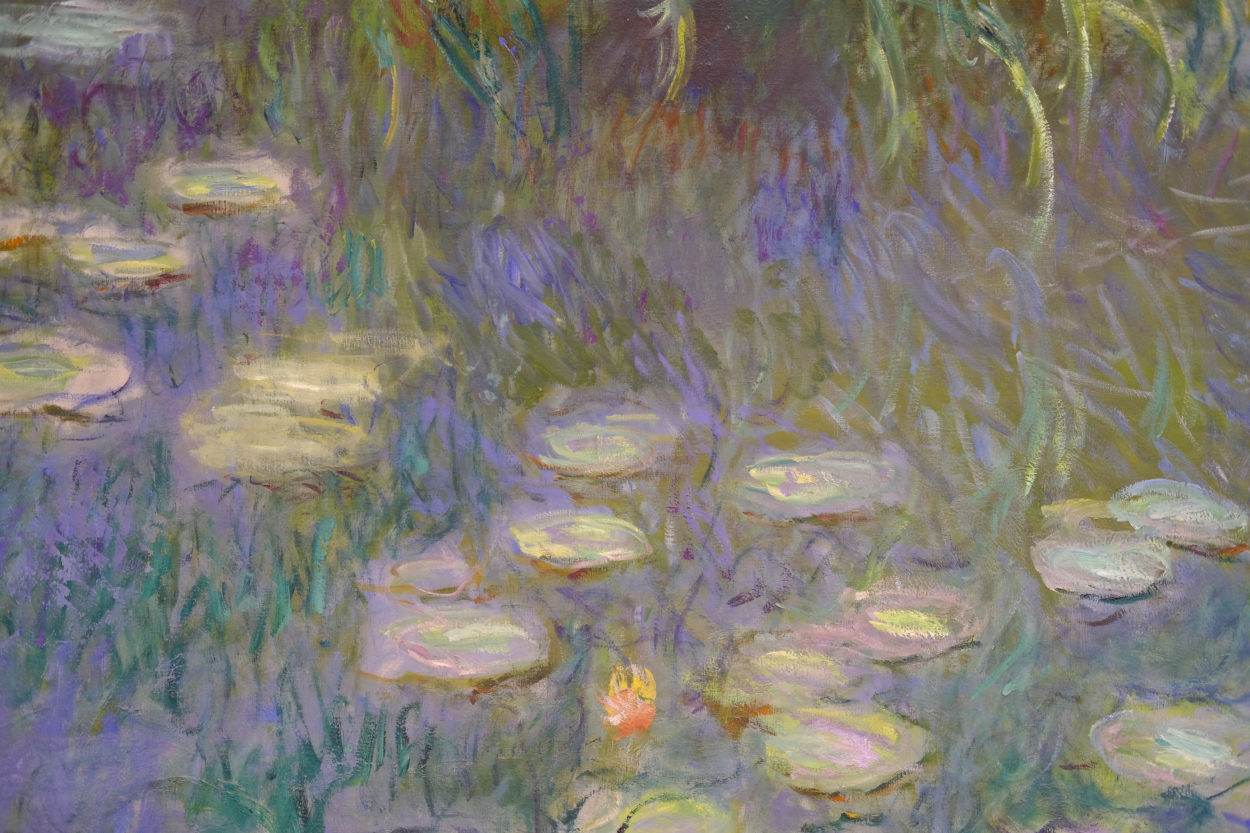Published
Travel and its opposites
If, as we’re told, the point of exotic travel is to ‘create memories’, and if, as I would insist, our memories consist fundamentally of good stories, and if what makes a good story is some element of unexpectedness, it follows that the point of travelling is to be surprised.
Jonathon Franzen, from the essay Postcards from East Africa, in The End of the End of the Earth pg 181
In 2010 I was staying in the seaside village of Taganga, Colombia when I realised that my cash supply was running dangerously low and I would need to travel to the nearby town of Santa Marta to withdraw more. I passed over the last of my coins to the bus driver for the short trip and was soon wandering through the outskirts of the town. Finally locating a cash machine, I discovered that my bank card had been blocked due to a recent online purchase. Without any backups (lesson learned), or mobile phone, I was reliant on my own ‘smarts’ to dig myself out of the mess. Faintly recalling the details of a nearby hostel, I navigated my way and promptly asked to make use of the wifi. Connected, with a thick Aussie accent filling the headphones I was dismayed to realise that the microphone didn’t work.
A last resort, I asked if I could borrow some cash to call from a local payphone. To which the attendant replied that they would need to check with the manager. Shortly the manager arrived and… ‘Evan?!’. The manager, it turned out, was a Californian I had studied with in Sydney back in 2005, both of us as exchange students. He, of course, happily lent me the money and within 30 minutes I’d spoken with the bank, had the hold on my card lifted, withdrawn cash and returned the borrowed money with a wild sense of wonder at the smallness of the world.
My eleven year old memory emphasises that travel is not manufactured experience, as rampant tourism and the plethora of City Guides might have us believe. Real adventure exposes you to the elements, to learn something surprising about a new place, or possibly even yourself. Conversely, a form of overly planned travel that I’ve come to appreciate in recent years is one that serves an entirely different purpose – one of rest. Both are totally valid, and necessary, in balance. And both are a privilege, though neither require travelling far from home to experience.


